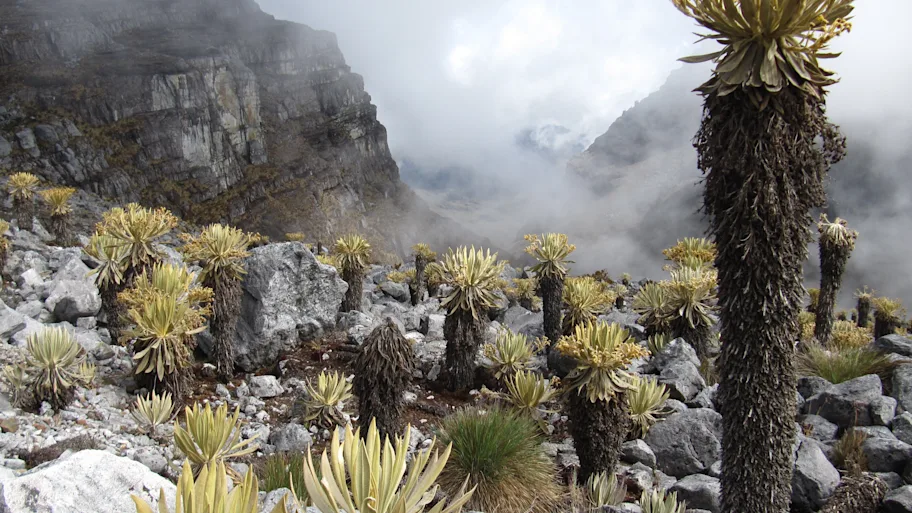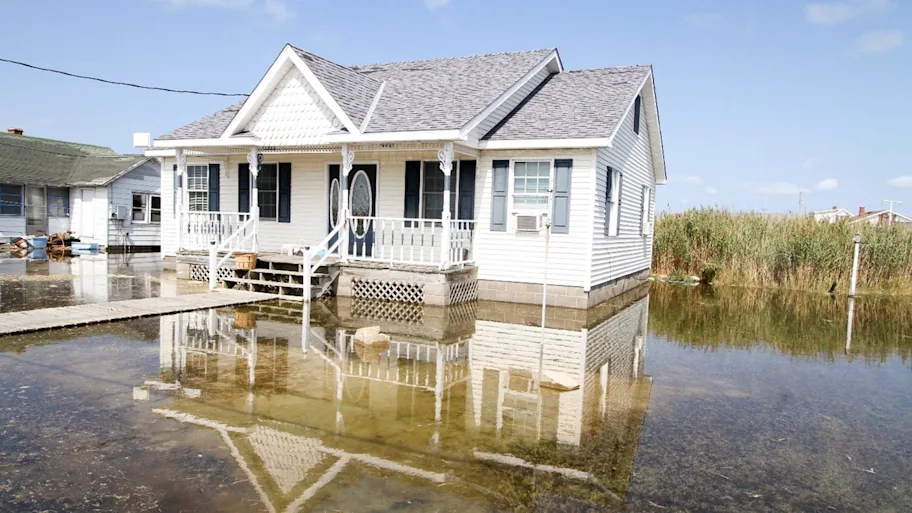
- Science news
- Climate action
- No more ‘We’re going to Ibiza’? Between 56 and 65% of beach area in the Balearic Islands will be permanently lost due to the climate crisis
No more ‘We’re going to Ibiza’? Between 56 and 65% of beach area in the Balearic Islands will be permanently lost due to the climate crisis
By Mischa Dijkstra, Frontiers science writer

Image credit: Anna Ok / Shutterstock.com
Scientists use complex mathematical modeling of sea states, sea level rise, and local geography to predict the permanent loss of between 56 and 65% of the current area of sandy beaches in the Balearic Islands by the end of the 21st century, depending on the global warming scenario. During extreme weather conditions such as the strongest storm surges with the highest waves, between 84 and 86% of the beach area will be flooded.
The impact of the climate crisis on coastal areas has been well documented, but new research has shown the impact it may have on the beaches found on the Balearic Islands in the north-western Mediterranean. Findings published in Frontiers in Marine Science showed that the archipelago – heavily reliant on tourism – could lose most of its beaches.
“Much of the income of touristic regions in the Mediterranean comes from beach and sun tourism: more than 25% in the case of the Balearic Islands. This means that it is essential to predict the fate of these beaches under climate change,” said first author Miguel Agulles, a PhD student at the Oceanographic Center of the Balearic Islands and the Mediterranean Institute for Advanced Studies on Majorca.
“Here we show that climate change will lead to the permanent loss of more than 50% of the beach surface, rising up to more than 80% during storm conditions.”
Under climate change, sea level is not expected to rise everywhere on Earth to the same extent. Previous studies have predicted that the sea around these islands will rise by between 50cm and 67cm, depending on the warming scenario.
Complex analysis
Flood levels – which depend on sea level, tides, and wave characteristics – are thought to be the most important impact on the shape of beaches.
Here, the authors first developed a cost-efficient, but accurate, methodology to model flood levels along the Balearic coasts. Besides the factors above, they factored in the shape and slope of each beach, the graininess of its sand, and the extent of seagrass meadows. They then predicted the degree of coastal flooding and the percentage of beaches that will be lost.
“A detailed analysis of the evolution of each beach in the Balearic archipelago is very demanding on computer power. We have therefore devoted considerable effort in our study to develop methodologies for the analysis and to optimize the computation,” said Agulles.
► Read original article► Download original article (pdf)
Under climate change conditions, extreme weather events are predicted to become more pronounced in some regions but slightly weaker in others. Here, the authors show that around the Balearic Islands, the maximum wave height during extreme events will decrease by between 10cm to 15cm, relative to a current height of between two and four meters.
Nevertheless, Agulles et al. predict devastating inroads on the coastline and the number and extent of beaches there, mainly due to the rise in sea level.
At least 56% of beaches permanently lost
They show that under the intermediate RCP4.5 scenario for global warming from the Intergovernmental Panel on Climate Change (IPCC), by the end of the century the coastline of the Balearic Islands will have retreated by an average of 9.2 meters under typical weather conditions. This will cause 37 out of the current 869 beaches to permanently disappear, while the permanent loss in beach area will be 56%.
They further show that under this scenario by the end of the century, 254 beaches (and 84% of the current beach area) will be temporarily flooded during extreme weather. Even though these flooded beaches will typically reappear afterwards, serious damage to coastal areas and beachfronts is likely during these floods.
Under IPCC’s ‘worst case’ scenario RCP8.5, the coastline will have retreated by an average of 11.7 meters by the end of the century. Then 72 beaches (and 65% of the current area) would permanently disappear, while 314 beaches (and 86% of the current area) would be flooded during extreme weather.
Co-author Dr Gabriel Jordà commented: “Our results highlight that climate change is a serious threat for local tourism in these islands. The beaches will be strongly reduced due to sea level rise. National and regional governments should make plans: to minimize the impact of storms, for example by preserving seagrasses which are a natural protection, and to adapt the tourism industry or rethink its economic model.”
REPUBLISHING GUIDELINES: Open access and sharing research is part of Frontiers’ mission. Unless otherwise noted, you can republish articles posted in the Frontiers news site — as long as you include a link back to the original research. Selling the articles is not allowed**.**






